Step by Step Guide
- Begin on your hands and knees in a tabletop position. Ensure your wrists are directly under your shoulders, and your knees are under your hips.
- Bring your big toes together and widen your knees apart, allowing them to be hip-width or slightly wider.
- Sit back on your heels, allowing your torso to rest between your thighs.
- If you feel any discomfort in your knees, you can place a blanket or bolster between your thighs and calves for support.
- Reach your arms forward and extend them along the mat, allowing your forehead to rest on the floor.
- If your forehead doesn’t comfortably reach the floor, you can place a cushion or block under your forehead for support.
- Relax your shoulders and neck, letting them soften toward the floor.
- Close your eyes and focus on your breath. Inhale deeply through your nose, expanding your ribcage, and exhale slowly through your mouth.
- Lengthen your spine by reaching your tailbone toward your heels and the crown of your head forward
Breathing Instructions:
1. Inhale deeply through your nose, expanding your ribcage and feeling your back expand.
2. Exhale slowly through your mouth, releasing tension and sinking deeper into the pose.
3. Continue with slow, mindful breaths, allowing each inhale to create space and each exhale to promote relaxation.
Benefits of Child’s Pose (Balasana)
- Improves Digestion -The gentle compression on the abdomen in this pose may aid in digestion and relieve discomfort associated with digestive issues.
- Spinal Decompression The pose allows for a gentle stretch along the spine, promoting decompression of the vertebrae and relieving tension in the back.
- Hip and Thigh Stretch Child’s Pose provides a mild stretch to the hips, thighs, and ankles, helping to release tension in these areas and improve flexibility.
- Gentle Stretch for Shoulders The extended arms in front of you create a gentle stretch in the shoulders, arms, and upper back.
- Balances the Autonomic Nervous System Child’s Pose activates the parasympathetic nervous system, promoting a relaxation response and balancing the autonomic nervous system.
- Promotes Mindfulness This pose encourages a turning inward and introspection, fostering a mindful and meditative state.
- Relaxation and Stress Reduction Relax your shoulders and neck, letting them soften toward the floor.
Beginner Tips:
1.Modify as needed: If you have difficulty sitting back on your heels, place a cushion or rolled-up blanket under your buttocks for support.
2. Use Props: Experiment with props like a bolster or folded blanket under your torso for added comfort.
3. Knee Sensitivity If you have knee issues, place a blanket or cushion under your knees to alleviate discomfort.
4. Gentle Stretch: Child’s Pose is a gentle stretch, so avoid pushing your body too far. Let the pose unfold gradually.
5. Start with holding Child’s Pose for 3 to 5 minutes, gradually increasing the duration as your body becomes more accustomed to the stretch.
6. Always listen to your body and adjust the pose as needed. If you have any pre-existing conditions or injuries, consult with a healthcare professional or a qualified yoga instructor before attempting new poses at home.
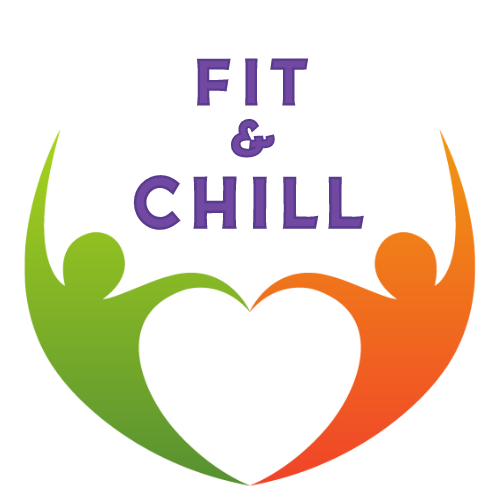

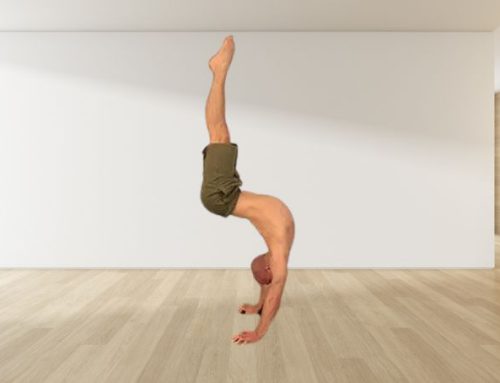
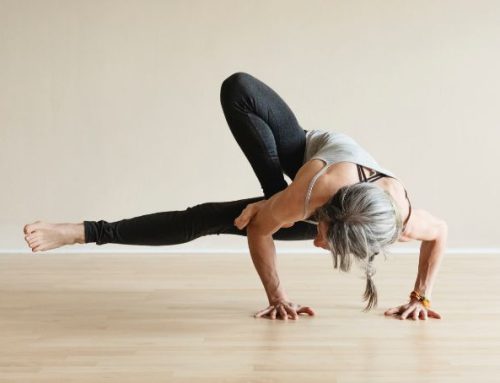
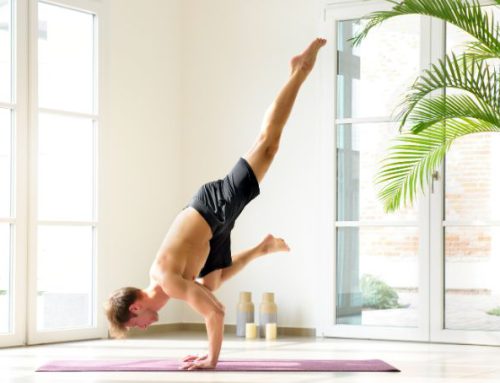
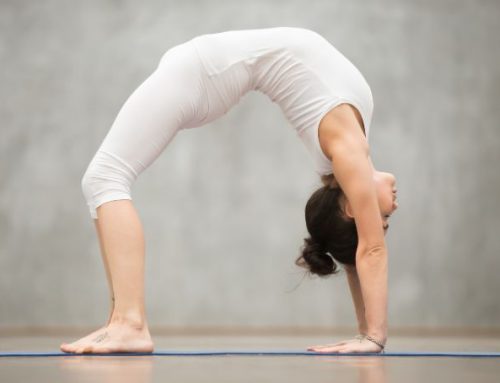
Leave A Comment